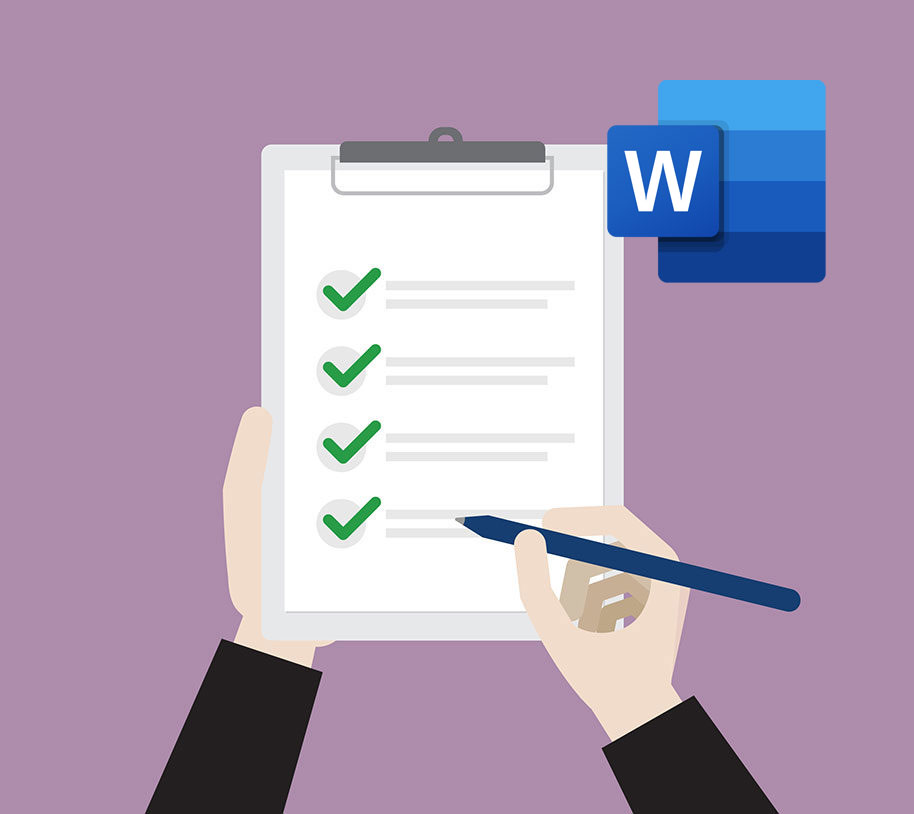Text
- Use 12-point font size or above.
- Use a sans serif font.
Colour and Contrast
- Do not use a colour to convey a meaning.
- Use sufficient colour contrast between text and background (contrast ratio of at least 4.5:1 for normal text and 3:1 for large text).
Spacing
- Adjust paragraph spacing to avoid blank lines through the Paragraph formatting menu.
- Ensure page breaks are used when starting a new page.
- Use formatting view to check for empty lines.
- Use Page Layout tab then Columns to properly insert a column.
- Avoid using spaces and tabs, it will not be recognized as a column by assistive technology.
- Use Bullets, Numbering, or Multilevel List options to create lists properly.
Styles and Headings
- Use styles to format content and indicate headings.
- Use the Title style for your title page. Do not use Heading 1.
- Use Heading 1 as the top-level heading such as chapter or section titles and go forward one level at a time (i.e., move from Heading 1 to Heading 2, to Heading 3, etc.)
- Ensure style elements have a different look from the others (i.e., Heading 1 looks bigger than Heading 2 etc.)
Images
- Add alternative text to images.
- Mark images that contain no information or meaning as “decorative”, so they aren’t picked up by an assistive device.
- Set wrapping style of images as “In line with text”.
Graphs, Charts and SmartArt
- Set wrapping style of graphs, charts, and SmartArt as “In line with text”.
- Add alternative text to graphs or charts or SmartArt.
- Add caption or in-text descriptions to graphs or charts or SmartArt.
Tables
- Insert tables properly using the Insert tab. Do not draw cells.
- Use a simple table structure (do not merge cells).
- Do not use images in tables.
- Apply table style options using the Table Design tab: check the Header Row check box.
- Review table properties: uncheck “allow row to break across pages” and check “repeat as header row at the top of each page”.
- Add alternative text to table.
Hyperlinks
- Use descriptive hyperlinks (i.e., ensure that the hyperlink has context and describes where it leads).
- Link to accessible webpages/documents/videos.
Document Properties
- Add a descriptive title to the document through the Info section of the File tab.
- Use a meaningful file name for the document.
Accessibility Check
- Review document using the built-in MS Office Accessibility Checker.
- Make appropriate changes to the documents as indicated/required.

